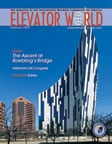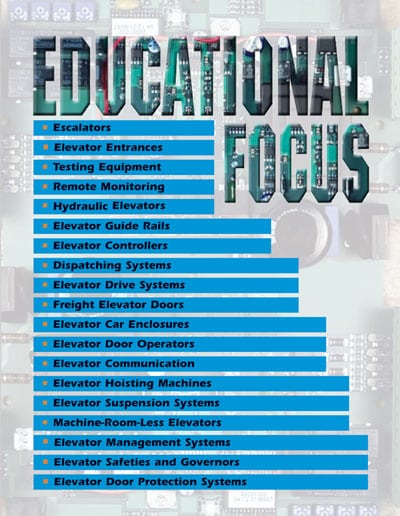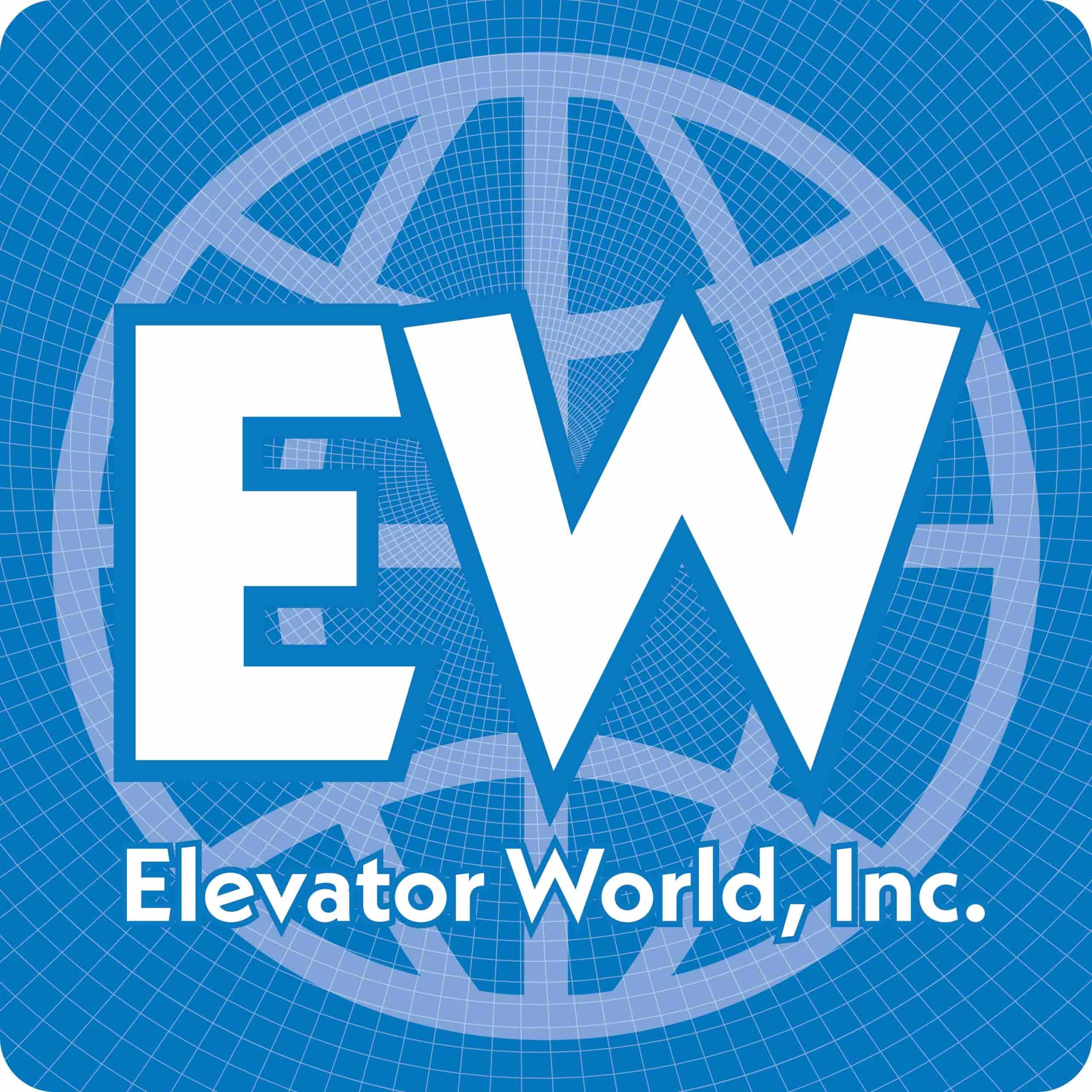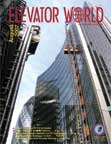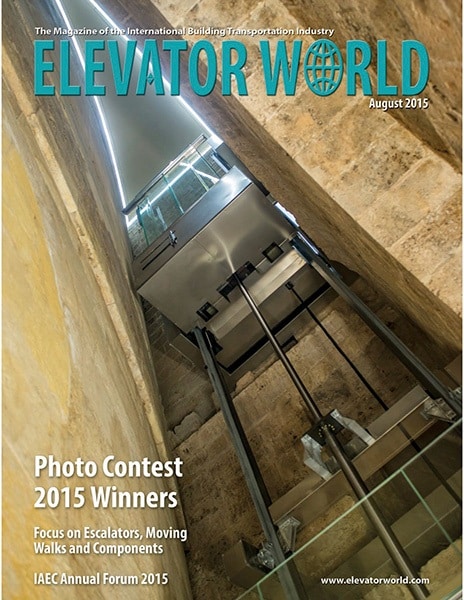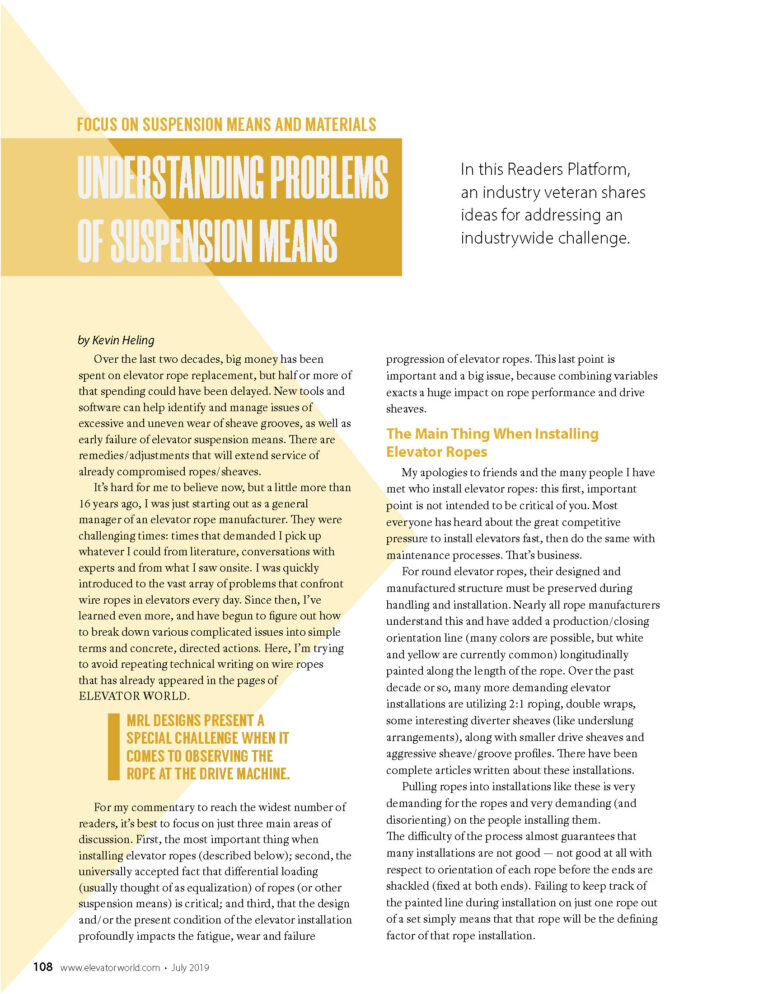Feb. 2009 Elevator Hoistway Equipment
Author:
Format: CEU (CONTINUING EDUCATION)
Publication Date: 2009
Article Link: Read Article
$55.00
9937 in stock
Description
SPECIAL NOTICE: Please check each course for verification of approval before purchasing.
This test is based on the article, Elevator Hoistway Equipment: Mechanical and Structural Design, Part II, published in the February 2009 issue and counts as 2 Contact Hours (0.2 CEU) towards recertification. Most courses are approved by NAEC for CET/CAT and NAESAI for QEI and in the following states: Alabama, Arkansas, Florida, Georgia, Illinois, Indiana, Kentucky, Maryland, .Mississippi, Missouri, Oklahoma, Pennsylvania, Vermont, Virginia, Washington, West Virginia, Wisconsin.
Learning Objectives: - After reading this article, you should:
- Have developed a basic understanding of the construction, terminology and characteristics of steel wire ropes
- Have learned that the two most important criteria affecting the life of suspension (hoist) ropes are the sheave diameters and rope lubrication
- Understand that rope external and internal wear continues over the service life of the ropes, and that the residual strength of the ropes decreases accordingly
- Have developed a basic understanding of the principles of rope traction; specifically, that the amount of available traction between the ropes and grooves must always exceed the required traction to move the hoistway masses in a controlled and safe manner
- Have developed a basic understanding that the amount of available traction between the drive sheave grooves and suspension ropes is a function of the actual coefficient of friction between them, the groove shape, and the arc of contact that the ropes make as they wind over the drive sheave
- Understand that the major inherent safety feature of a traction drive is its ability to lose traction if either the car or counterweight bottoms on its buffer
- Understand that the number and size of hoist ropes on any elevator is a function of the strength of the ropes and the factor of safety, and the groove pressures developed between the ropes and groove surfaces
- Have learned that elevator enclosures(cabs) must be strong enough to with stand the forces imposed during normal service, as well as, during safety application and buffer engagement, and that their materials must meet fire protection requirements
- Have learned that there are several configurations of elevator doors
- Have learned the functions of the car door operator, and that the resulting door closing speed caused by the operator must be limited, depending on the type of door reopening device used
- Understand that the riding quality of an elevator is based on the travel path imposed by the guide rails, as well as the position of loads inside the car, rope vibrations and air pressures in the hoistway
- Have developed a basic understanding about the effects of building sway on the elevator systems, principally the hoist and compensating ropes, and traveling cables
Enrollment Procedures:
- If you do not already have an account on elevatorbooks.com, you will need to create one. NOTE: the name of the person purchasing must be the same name as the person who will take the exam.
- For articles, click the "Read Article" tab above to download and study the article. For other courses, be sure to purchase the corresponding book.
- Include your full name when purchasing the exam.
- Follow the instructions on the purchase confirmation page to log in to the Online Testing Center.
- If you scored 80% or above, you can immediately print your certificate of completion. If you fail the exam, you will be given instructions on how to pay a re-take fee and take the exam again.
Author Bio
STOP! IMPORTANT INFORMATION!
If you purchase a Continuing Education product (test/course) with another non-Continuing Education printed product (book, poster, etc.), the linked test may not be accessible until the following business day. To gain immediate access to your test, you must purchase the continuing education product and then make a separate purchase of the printed product that you want. Digital/pdf books are not affected and are available to download immediately with your test/course.
